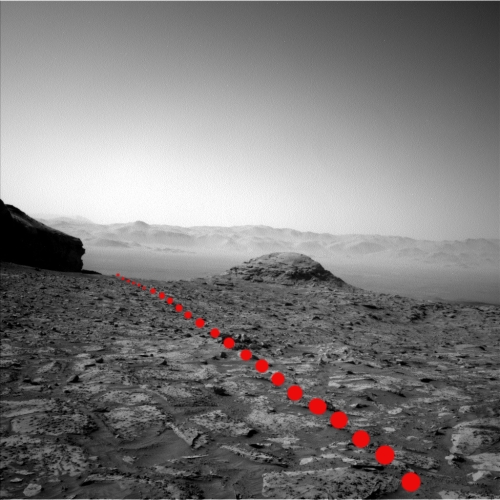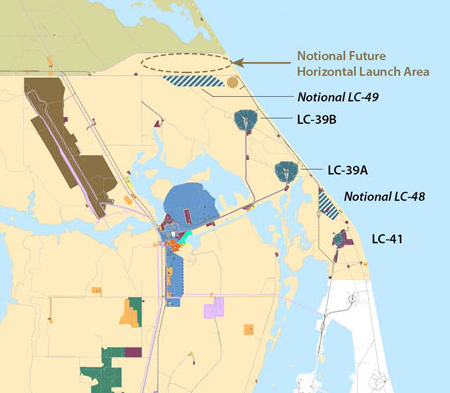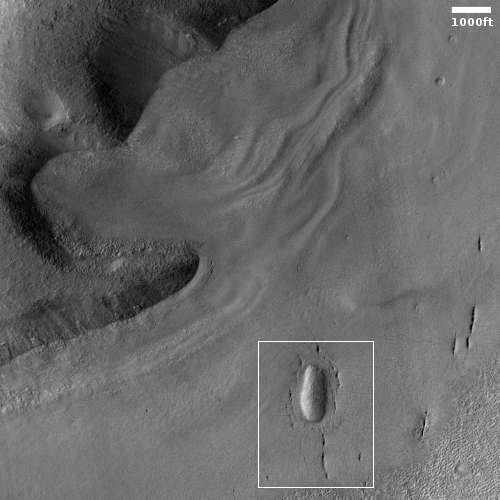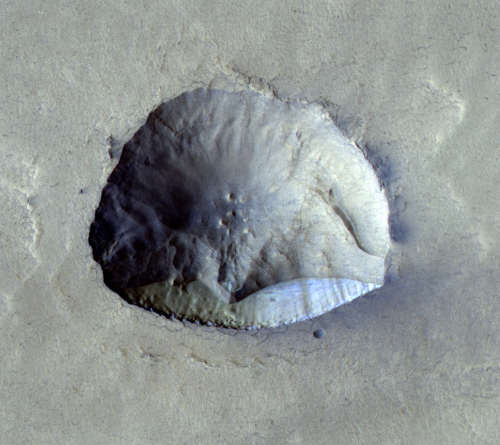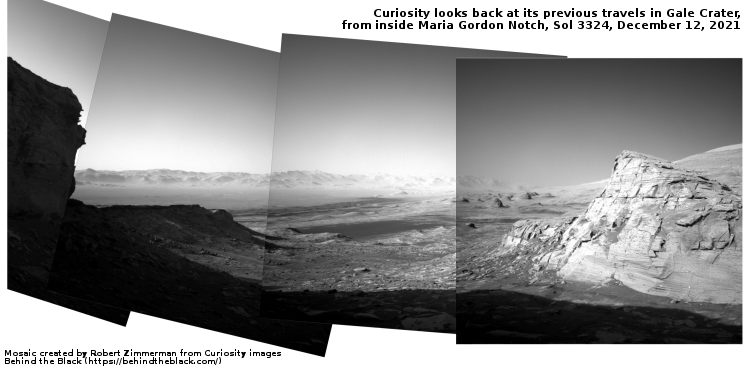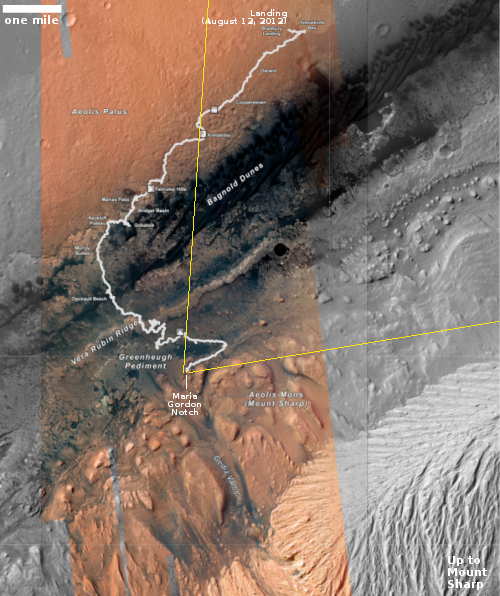FAA approves license for launchpad in Camden, Georgia
Capitalism in space: After years of review, FAA yesterday finally approved a license for building a space launchpad in Camden, Georgia.
The approval however does not mean rockets will begin launching, even in the near future. First, there is the opposition to the spaceport, an opposition based on the simple fact that the rockets have to fly over seven miles over land before reaching the Atlantic Ocean.
About 3,800 people have signed a petition calling for a referendum that would let voters decide whether the county can buy the property. “Virtually from the start, the FAA’s review of Spaceport Camden has been fraught with factual mistakes and legal errors,” Brian Gist, senior attorney for the Southern Environmental Law Center, said in a statement Monday. “We will carefully review the FAA’s decision to ensure that it fully complies with all applicable laws.”
The National Park Service and its parent agency, the U.S. Department of the Interior, also have expressed concerns.
In a July 22 letter to the FAA, the Interior Department said a chance of rockets exploding — with fiery debris raining down on wilderness land on Cumberland Island — creates an “unacceptable risk.” Cumberland Island, with its wild horses and nesting sea turtles, is a popular tourist area off the Georgia coast.
The threat to wildlife by the rocket launches is certainly bogus, as we have more than a half century of evidence at Cape Canaveral that space launches not only do no harm to wildlife, they actually help because they stop development.
The environmental opposition however is actually being used as a weapon by many local residents who really fear the launches because the spaceport seems to them too close to residential areas. They also fear it will also likely interfere with tourism to the coastal beaches and parks that the rockets will fly over, causing them to be shut down during launches.
Because the fears about the nearness of residential areas and the harm to tourism are somewhat legitimate, they illustrate a second reason why this spaceport will likely fail. Why should any rocket company choose this launch site, so close to residential areas and so opposed by many locals, especially when there are now so many other less risky and controversial spaceports to choose from? I suspect very few will do so, and this project will eventually die, even if it finally gets full approval and is built.
Capitalism in space: After years of review, FAA yesterday finally approved a license for building a space launchpad in Camden, Georgia.
The approval however does not mean rockets will begin launching, even in the near future. First, there is the opposition to the spaceport, an opposition based on the simple fact that the rockets have to fly over seven miles over land before reaching the Atlantic Ocean.
About 3,800 people have signed a petition calling for a referendum that would let voters decide whether the county can buy the property. “Virtually from the start, the FAA’s review of Spaceport Camden has been fraught with factual mistakes and legal errors,” Brian Gist, senior attorney for the Southern Environmental Law Center, said in a statement Monday. “We will carefully review the FAA’s decision to ensure that it fully complies with all applicable laws.”
The National Park Service and its parent agency, the U.S. Department of the Interior, also have expressed concerns.
In a July 22 letter to the FAA, the Interior Department said a chance of rockets exploding — with fiery debris raining down on wilderness land on Cumberland Island — creates an “unacceptable risk.” Cumberland Island, with its wild horses and nesting sea turtles, is a popular tourist area off the Georgia coast.
The threat to wildlife by the rocket launches is certainly bogus, as we have more than a half century of evidence at Cape Canaveral that space launches not only do no harm to wildlife, they actually help because they stop development.
The environmental opposition however is actually being used as a weapon by many local residents who really fear the launches because the spaceport seems to them too close to residential areas. They also fear it will also likely interfere with tourism to the coastal beaches and parks that the rockets will fly over, causing them to be shut down during launches.
Because the fears about the nearness of residential areas and the harm to tourism are somewhat legitimate, they illustrate a second reason why this spaceport will likely fail. Why should any rocket company choose this launch site, so close to residential areas and so opposed by many locals, especially when there are now so many other less risky and controversial spaceports to choose from? I suspect very few will do so, and this project will eventually die, even if it finally gets full approval and is built.


